Home>Storage Ideas>Bedroom Storage>How To Sanitize Laundry To Disinfect Clothing, Linens, And Fabric
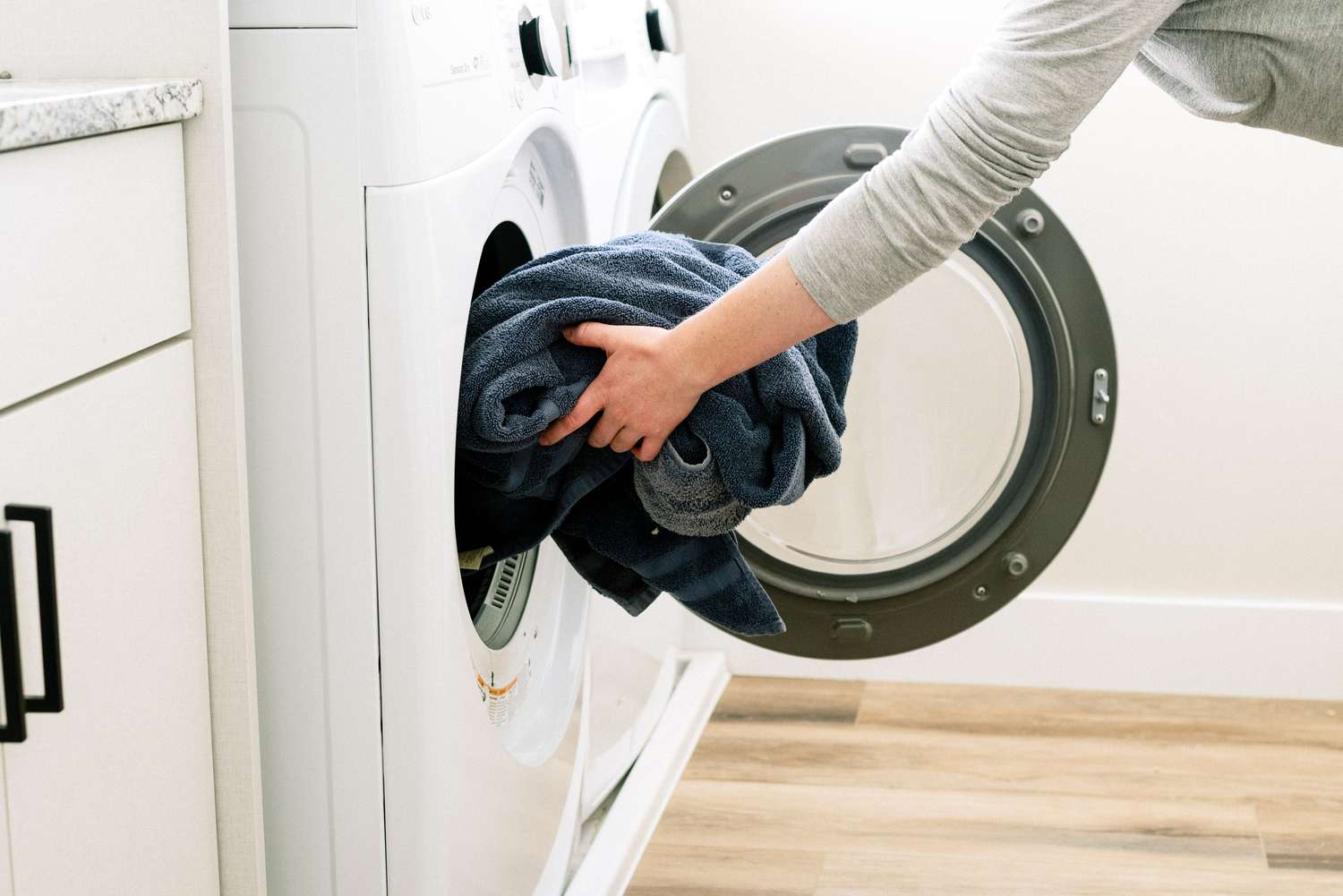

Bedroom Storage
How To Sanitize Laundry To Disinfect Clothing, Linens, And Fabric
Modified: January 24, 2024
Learn how to properly sanitize your laundry and disinfect clothing, linens, and fabric in your bedroom storage for a clean and hygienic environment.
(Many of the links in this article redirect to a specific reviewed product. Your purchase of these products through affiliate links helps to generate commission for Storables.com, at no extra cost. Learn more)
Introduction
Keeping your clothing, linens, and fabric items clean and sanitized is crucial for maintaining a healthy and safe environment. Whether you’re dealing with everyday laundry or handling items that require extra attention, such as bedding, towels, or baby clothes, it’s important to know how to properly sanitize your laundry to eliminate bacteria, viruses, and other harmful microorganisms.
In this article, we will explore the importance of sanitizing laundry, as well as provide you with helpful tips and techniques to ensure your clothing and fabric items are thoroughly disinfected. By following these guidelines, you can help safeguard yourself and your loved ones from potential illness and promote a cleaner and healthier living space.
Key Takeaways:
- Properly sanitizing your laundry is crucial for eliminating harmful bacteria, viruses, and allergens, promoting a cleaner and healthier living space, and preventing the spread of infections.
- From sorting and preparing laundry to choosing the right water temperature and using additional sanitizing methods, following proper laundry procedures is essential for thorough disinfection and maintaining fabric quality.
Read more: How To Store Dirty Laundry
Understanding the Importance of Sanitizing Laundry
Sanitizing laundry goes beyond simply making your clothes look clean. It involves eliminating harmful bacteria, viruses, and other pathogens that can lurk on fabric surfaces. This is especially crucial in situations where someone in your household is sick, or if you work in an environment where you are exposed to germs and contaminants.
By sanitizing your laundry, you can help prevent the spread of infectious diseases and maintain a healthier living environment. Consider the following reasons why sanitizing your laundry is important:
- Eradicates germs and bacteria: When you sanitize your laundry, you effectively kill the germs and bacteria that may be present on your clothing or linens. This is particularly important for items that come into contact with bodily fluids, such as underwear, towels, and bed sheets.
- Reduces the risk of infections: Certain infections, such as skin infections, fungal infections, and respiratory infections, can be spread through contaminated laundry. Sanitizing your laundry helps minimize the risk of developing these infections.
- Removes allergens: Laundry that is not properly sanitized can harbor allergens such as dust mites, pollen, and pet dander. These allergens can cause allergic reactions, asthma attacks, and other respiratory issues. Sanitizing your laundry helps eliminate these allergens, providing relief for allergy sufferers.
- Preserves fabric quality: Sanitizing laundry can help extend the lifespan of your clothing and linens. Removing bacteria and germs prevents the growth of mold and mildew, which can lead to unpleasant odors and fabric degradation over time.
It’s important to note that sanitizing laundry is especially critical during times of heightened health concerns, such as during flu seasons, pandemics, or when someone in your household is immunocompromised.
Now that we understand the importance of sanitizing laundry, let’s explore the steps you can take to ensure your laundry is effectively sanitized and free from harmful pathogens.
Preparing and Sorting Laundry
Before you begin the process of sanitizing your laundry, proper preparation and sorting are essential for efficient and effective cleaning. Here are some key steps to follow:
- Check garment labels: Read the care labels on each item of clothing to determine the appropriate washing and drying instructions. Some items may have specific temperature or washing restrictions, so it’s important to follow these guidelines to avoid damaging the fabric.
- Remove any visible stains: Prior to laundering, treat any visible stains on the clothing using a stain remover or by pre-soaking the garment. This will help ensure that stains are properly removed during the washing process.
- Sort laundry by color and fabric type: To prevent color bleeding and fabric damage, separate your laundry into different piles based on color – darks, lights, and whites. Additionally, sort your laundry by fabric type, such as delicates, heavy fabrics, and towels, to adjust the washing cycle accordingly.
- Empty pockets and close zippers: Before putting your garments in the washing machine, make sure to empty all pockets and close zippers. This prevents any small items or sharp edges from damaging other clothes during the wash cycle.
- Consider using laundry bags for delicates: For delicate items, such as lingerie or items with intricate embellishments, it’s a good idea to place them in mesh laundry bags to protect them from tangling or getting damaged.
By properly preparing and sorting your laundry, you can ensure that each item receives the appropriate care and attention during the sanitizing process. This helps maintain the integrity of your clothing and maximizes the efficacy of the sanitization methods.
Choosing the Right Water Temperature
The water temperature you use when washing your laundry plays a significant role in the sanitization process. Different temperature ranges have different effects on removing bacteria and germs. Here’s a guide to help you choose the right water temperature:
- Hot water: Hot water is the most effective at killing bacteria and germs. It is recommended to use hot water (around 130°F or 54°C) for items that can tolerate higher temperatures, such as bedding, towels, and white cotton clothing. Hot water is particularly beneficial when sanitizing laundry contaminated with bodily fluids or when someone in your household is sick.
- Warm water: Warm water (around 90°F or 32°C) is suitable for most everyday laundry, including colored clothing and synthetic fabrics. It helps to break down and remove dirt and stains effectively while still providing some sanitization. Warm water is a good option when you want to balance sanitization with preserving the integrity of delicate or colored items.
- Cold water: Cold water is ideal for delicate items that may be prone to shrinking or bleeding colors. While it may not provide as thorough sanitization as hot or warm water, cold water (around 60°F or 15°C) combined with the right laundry detergent can still effectively remove dirt and odors. Cold water is also an energy-efficient option, as it requires less electricity for heating.
It’s important to note that not all fabrics can withstand hot water, so always check the care labels of your clothing before adjusting the water temperature. Additionally, if someone in your household has a weakened immune system, it may be advisable to use hot water for their laundry to ensure thorough sanitization.
Remember that the water temperature alone is not sufficient to completely sanitize your laundry. It should be combined with the appropriate laundry detergent and sanitizing additives, which we will discuss in the next section.
Selecting the Appropriate Laundry Detergent and Additives
Choosing the right laundry detergent and additives is crucial in achieving effective sanitization. Here are some factors to consider when selecting your laundry products:
- Antibacterial or antimicrobial detergents: Look for laundry detergents that specifically mention “antibacterial” or “antimicrobial” properties. These detergents are formulated to kill bacteria and germs effectively during the washing process.
- Enzyme-based detergents: Enzyme-based detergents help break down protein-based stains and can be effective in removing bodily fluids and other organic matter that may harbor germs and bacteria. They are particularly useful for sanitizing laundry contaminated with sweat, blood, or food stains.
- Bleach: Chlorine bleach is a powerful sanitizer that can effectively kill bacteria and viruses. However, it should only be used on white fabrics, as it can cause color fading or damage colored clothing. Oxygen bleach, on the other hand, is a color-safe alternative that can be used on both white and colored fabrics.
- Sanitizing laundry additives: There are various sanitizing laundry additives available in the market that can enhance the sanitization process. These additives are designed to be used in conjunction with your regular laundry detergent and can provide an extra layer of protection against germs and bacteria.
When selecting your laundry products, consider any specific sensitivities or allergies you or your household may have. Opt for fragrance-free or hypoallergenic detergents if necessary.
Follow the manufacturer’s instructions for the appropriate amount of detergent to use based on the size of your laundry load. Using too much detergent can leave residue on your clothes, while using too little may not effectively sanitize your laundry.
By using the appropriate laundry detergent and additives, you can ensure that your clothes are not only clean but also thoroughly sanitized, providing you with peace of mind regarding their cleanliness and safety.
Add 1/2 cup of bleach to the wash cycle to disinfect laundry. Use the hottest water temperature safe for the fabric. Always read and follow the care label instructions.
Read more: How to DIY Fabric Storage Boxes?
Following Proper Laundry Procedures
Proper laundry procedures are essential to effectively sanitize your clothing and fabric items. Here are some important steps to follow:
- Load the washing machine correctly: Place the sorted laundry into the washing machine, ensuring that it is not overloaded. Overloading can prevent proper agitation and result in inadequate cleaning and sanitization.
- Add the detergent and sanitizing additives: Follow the manufacturer’s instructions to determine the appropriate amount of detergent and sanitizing additives to use based on the size and soil level of your laundry load. Add them to the designated compartments of the washing machine.
- Select the appropriate wash cycle: Choose a wash cycle that is suitable for the fabric type and the level of sanitizing required. Most washing machines offer various options such as normal, heavy-duty, delicate, or sanitizing cycles. Refer to the garment labels and manufacturer’s recommendations for guidance.
- Use a high-speed spin cycle: Opt for a high-speed spin cycle to remove as much water as possible from your laundry. This aids in drying and prevents the growth of mold and mildew.
- Avoid cross-contamination: After a load of laundry containing potentially infectious items, such as those belonging to someone who is sick, it’s important to clean and disinfect the washing machine to prevent cross-contamination. Run an empty cycle with hot water and bleach or an appropriate washing machine cleaner.
In addition to following these steps, it’s crucial to maintain regular cleaning of your washing machine to prevent the buildup of bacteria and mold. Clean the detergent dispenser, the drum, and the rubber seal regularly to ensure optimal sanitization in each wash cycle.
Lastly, always remember to wash your hands thoroughly after handling dirty laundry, especially if you are dealing with potentially infectious items. This is an additional measure to prevent the spread of germs and maintain personal hygiene.
By following proper laundry procedures, you can ensure that your clothing and fabric items are thoroughly sanitized, promoting a clean and healthy living environment.
Using Additional Sanitizing Methods
In addition to regular laundry procedures, there are several additional methods you can employ to enhance the sanitization of your clothing and fabric items. These methods can provide an extra layer of protection against germs and bacteria:
- Pre-soaking: For heavily soiled or stained items, consider pre-soaking them in a sanitizing solution before laundering. Fill a basin or sink with a mixture of water and a disinfectant, such as bleach or hydrogen peroxide, and let the items soak for the recommended time. Afterward, proceed with the regular washing process.
- Hygiene rinse cycle: Some washing machines offer a hygiene rinse cycle, which uses hot water and prolonged rinsing to remove any residual detergent or bacteria. This can be particularly beneficial for sanitizing items that require extra care, such as baby clothes or bedding for individuals with compromised immune systems.
- Steam cleaning: Steam cleaning is an effective method for sanitizing fabric items that cannot be washed conventionally, such as upholstery, curtains, or stuffed toys. Use a garment steamer or a steam cleaner to steam the items thoroughly, as the high temperature kills bacteria and germs.
- Sun drying: If weather permits, take advantage of the sun’s natural disinfecting properties by hanging your laundered items outdoors to dry. The ultraviolet rays from the sun can help kill bacteria and freshen your clothing.
- Using disinfectant sprays or wipes: For items that cannot be washed or steamed, such as shoes or bags, use disinfectant sprays or wipes to wipe down and sanitize these surfaces. Look for disinfectants that are safe for use on fabrics and follow the instructions provided by the manufacturer.
By incorporating these additional sanitizing methods into your laundry routine, you can ensure a thorough and effective sanitization process for your clothing and fabric items.
However, it’s important to note that while these methods can assist in sanitizing your laundry, they should not replace regular laundering practices. Regularly washing your clothing and linens using proper procedures and detergent remains the primary method for maintaining cleanliness and sanitization.
Drying and Storing Sanitized Laundry
Once you’ve successfully sanitized your laundry, it’s important to follow proper drying and storing techniques to maintain the cleanliness and freshness of your items. Here are some guidelines to consider:
- Choose the appropriate drying method: Deciding between air drying and machine drying depends on the fabric type and personal preference. Air drying is a natural and energy-efficient option that can help preserve the integrity of delicate fabrics. Machine drying, on the other hand, provides a quick and convenient way to dry your laundry, particularly when extra sanitization is needed (via high heat settings).
- Inspect items before storing: Before storing your sanitized items, make sure they are completely dry. Inspect for any remaining stains, lingering odors, or any signs of damage. Address any issues as needed before storing to prevent the growth of mold or damage to other items.
- Properly fold or hang: Fold or hang your sanitized items neatly to prevent wrinkling and maintain their cleanliness. Use appropriate hangers or fold items in a way that minimizes creases and preserves the shape of the garment.
- Choose an appropriate storage location: Store your sanitized laundry in a clean and dry space, away from moisture, direct sunlight, and potential sources of contamination. Consider using garment covers, storage bins, or drawers to protect the items from dust and pests.
- Regularly refresh stored items: If you’re storing your sanitized items for an extended period, it’s a good idea to periodically air them out or give them a quick refresh. This can be done by hanging them outside or using a fabric freshener spray to eliminate any potential odors.
Always ensure that your storage area is clean and well-maintained to prevent any compromises to the cleanliness of your sanitized laundry. Regularly clean storage containers, shelves, and drawers to keep them free from dust and other contaminants.
By following these drying and storing practices, you can preserve the cleanliness and sanitization of your laundry, ensuring that your efforts in sanitizing are not compromised after the washing process.
Conclusion
Sanitizing your laundry is an important step in maintaining a clean and healthy living environment. By effectively eliminating bacteria, germs, and other pathogens from your clothing and fabric items, you can help prevent the spread of infections and promote overall well-being.
Throughout this article, we have explored the importance of sanitizing laundry and provided you with valuable tips and techniques to ensure thorough disinfection. From preparing and sorting your laundry to choosing the right water temperature, selecting the appropriate laundry detergent and additives, following proper laundry procedures, using additional sanitizing methods, and finally, drying and storing sanitized laundry, each step contributes to the overall sanitization process.
Remember, while following these guidelines is important, it’s equally crucial to maintain regular laundry habits and personal hygiene practices. Washing your hands thoroughly, cleaning your washing machine, and adopting good laundry habits are essential in maintaining a clean and healthy environment.
By incorporating these sanitizing techniques into your laundry routine, you can have peace of mind knowing that your clothing, linens, and fabric items are free from harmful bacteria, viruses, and allergens. Whether you’re dealing with everyday laundry or handling items that require extra attention, prioritizing proper sanitization is key to creating a safe and comfortable living space.
So, take the necessary steps to sanitize your laundry and enjoy the benefits of clean, fresh, and germ-free clothing. Your health and well-being deserve it!
Frequently Asked Questions about How To Sanitize Laundry To Disinfect Clothing, Linens, And Fabric
Was this page helpful?
At Storables.com, we guarantee accurate and reliable information. Our content, validated by Expert Board Contributors, is crafted following stringent Editorial Policies. We're committed to providing you with well-researched, expert-backed insights for all your informational needs.
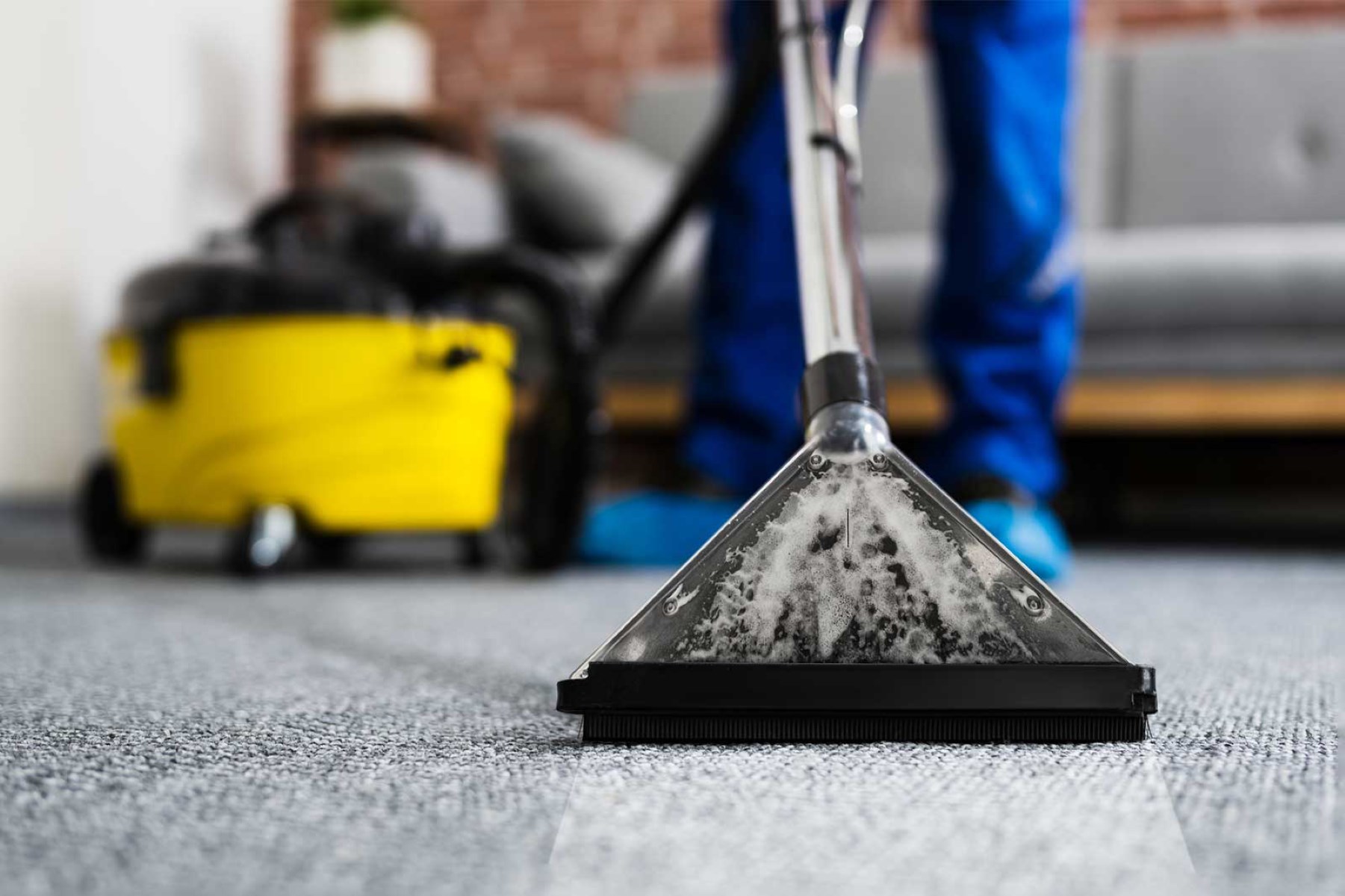

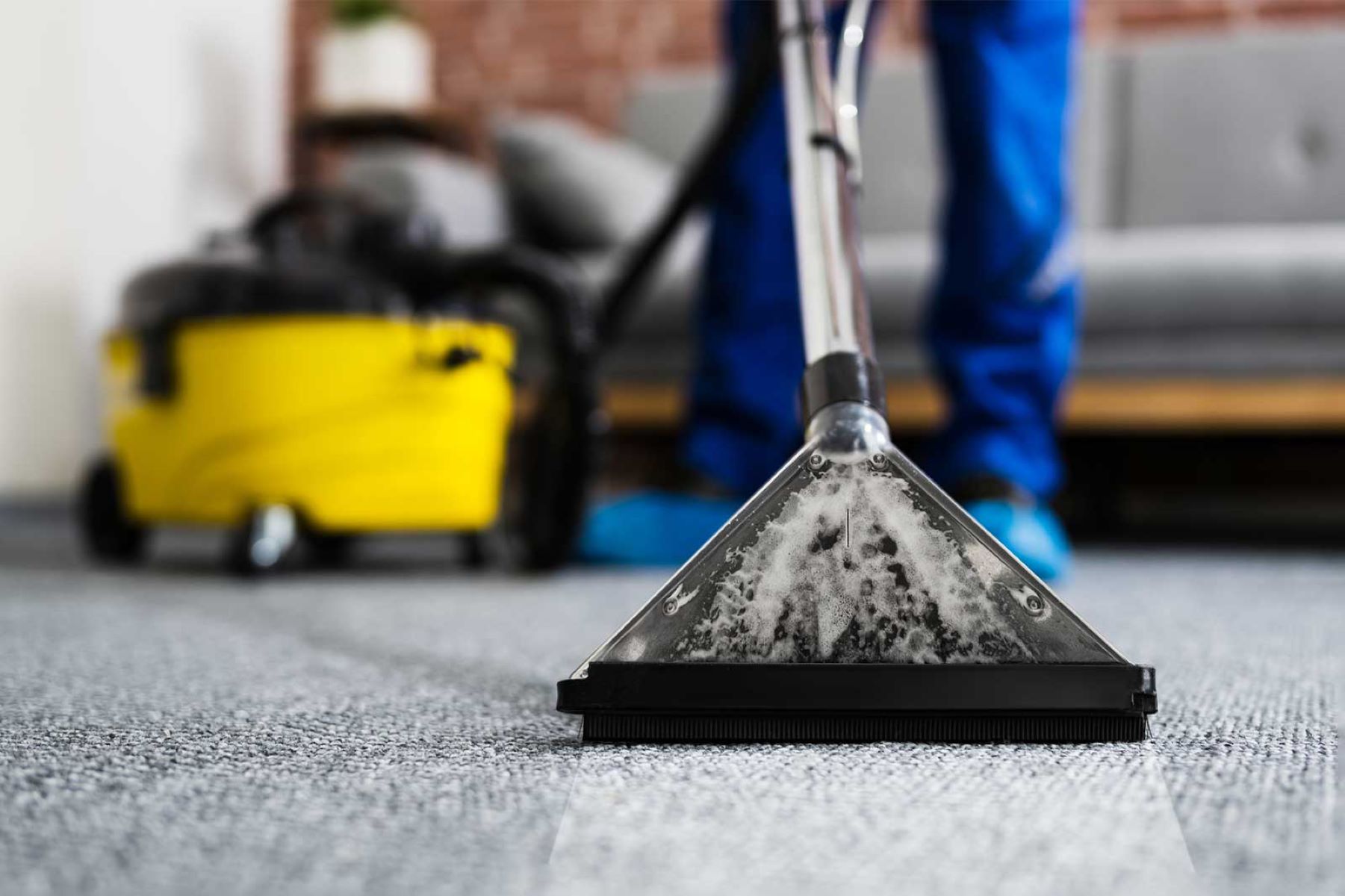
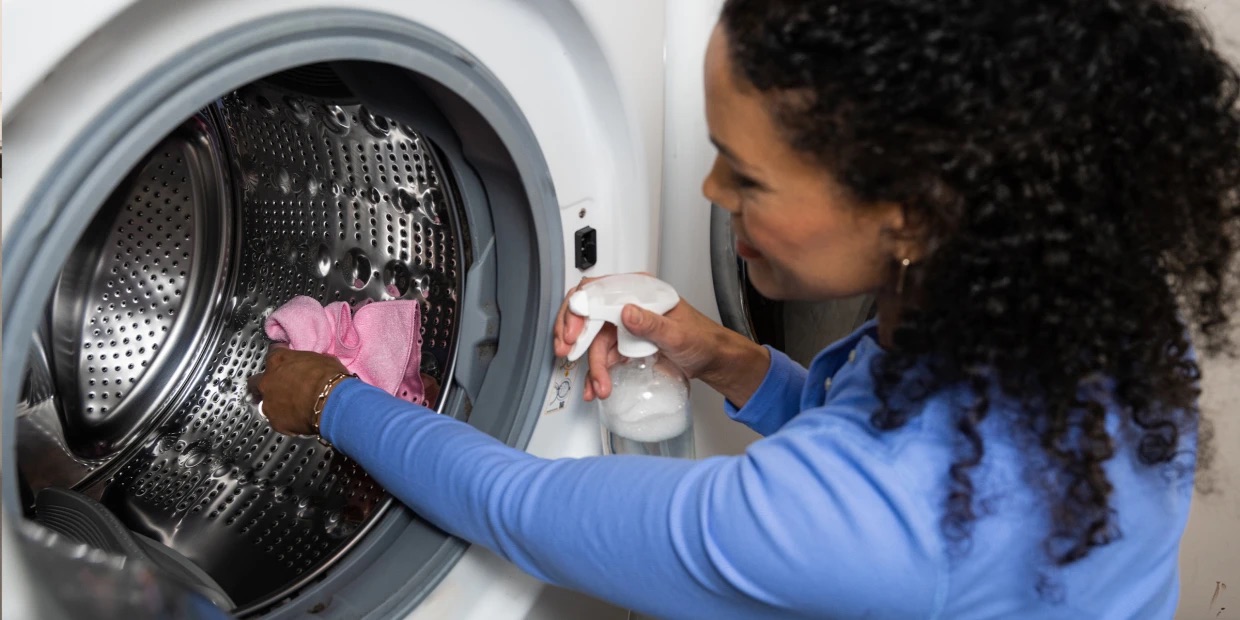


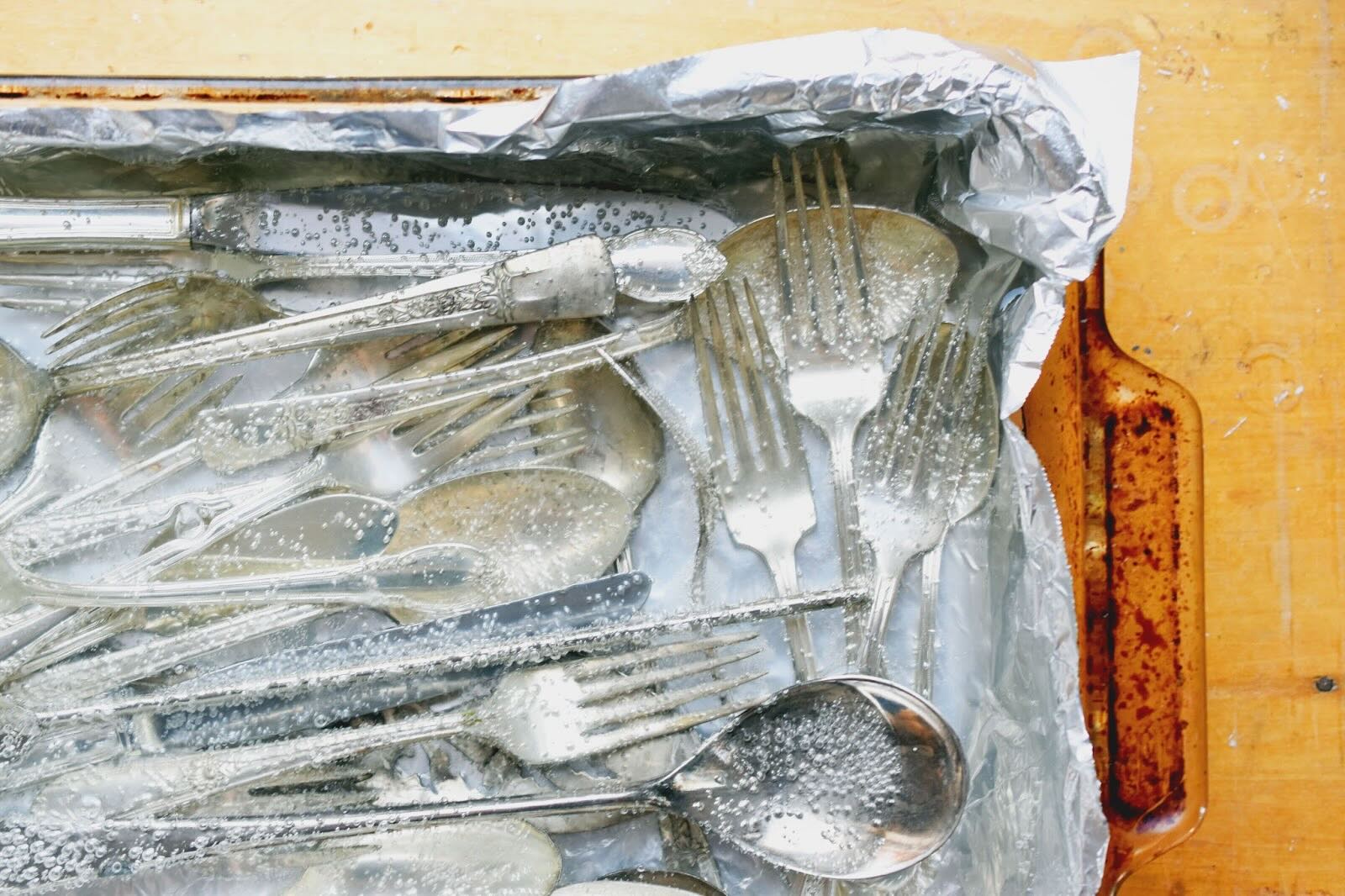
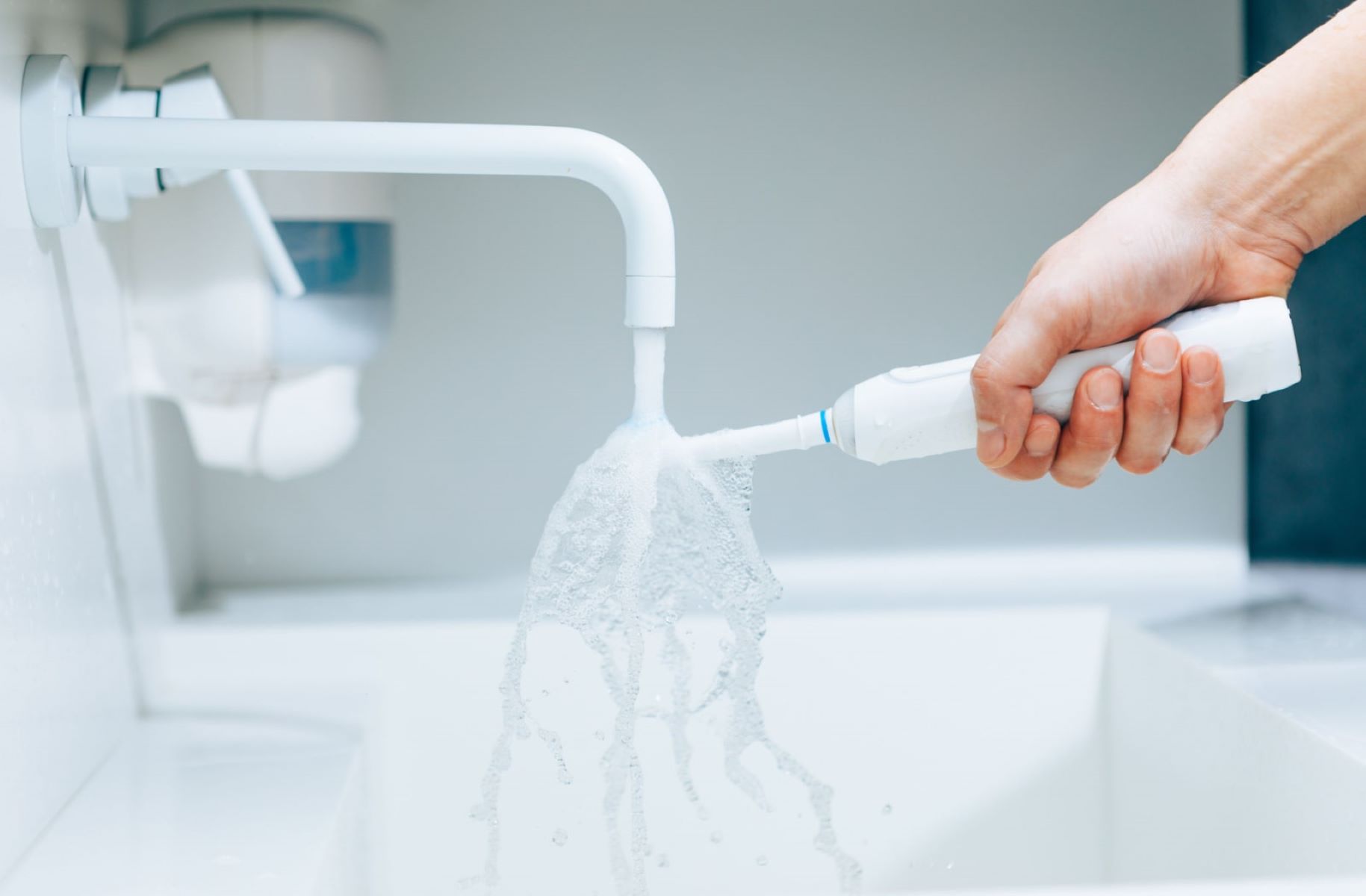

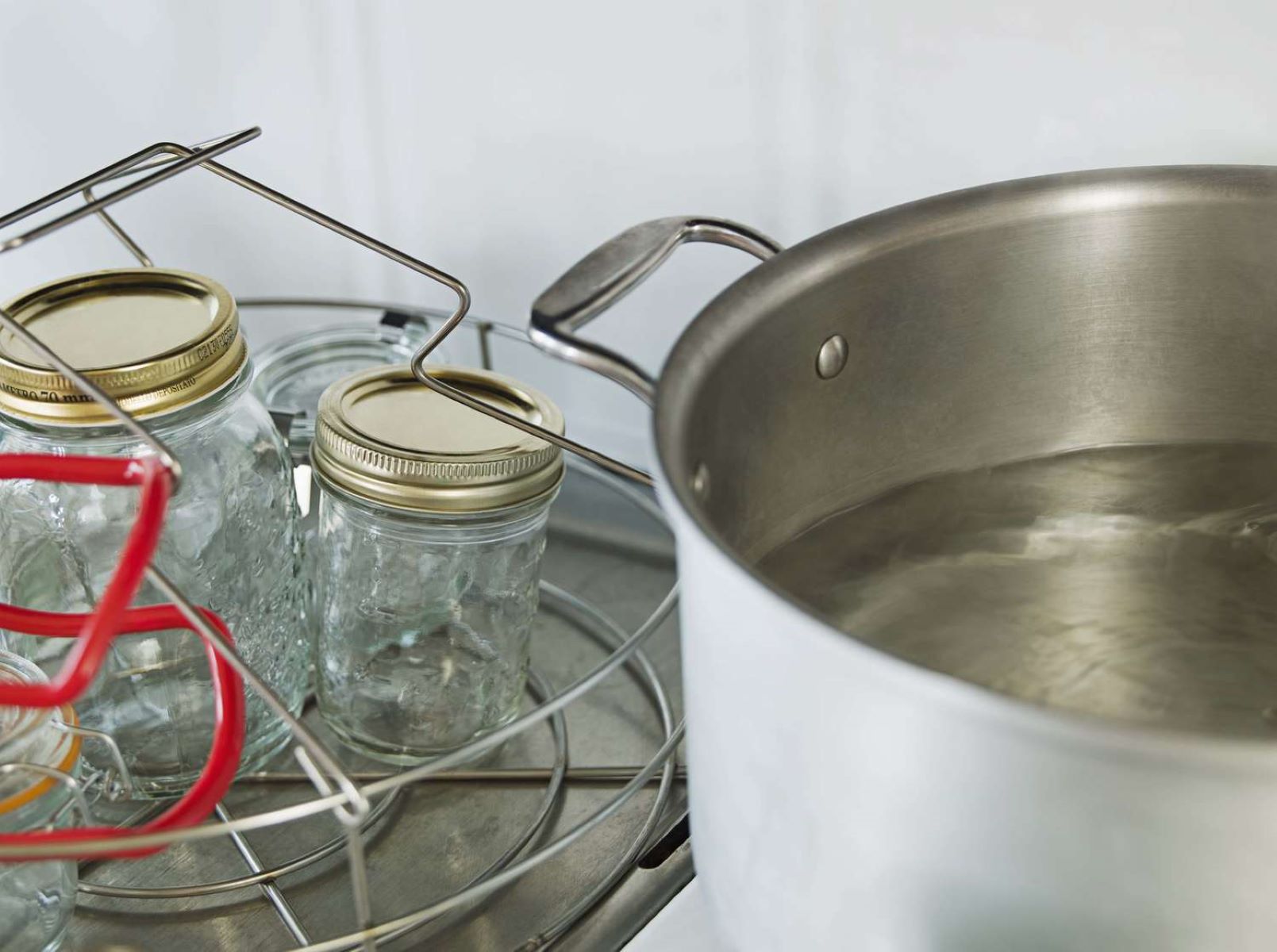
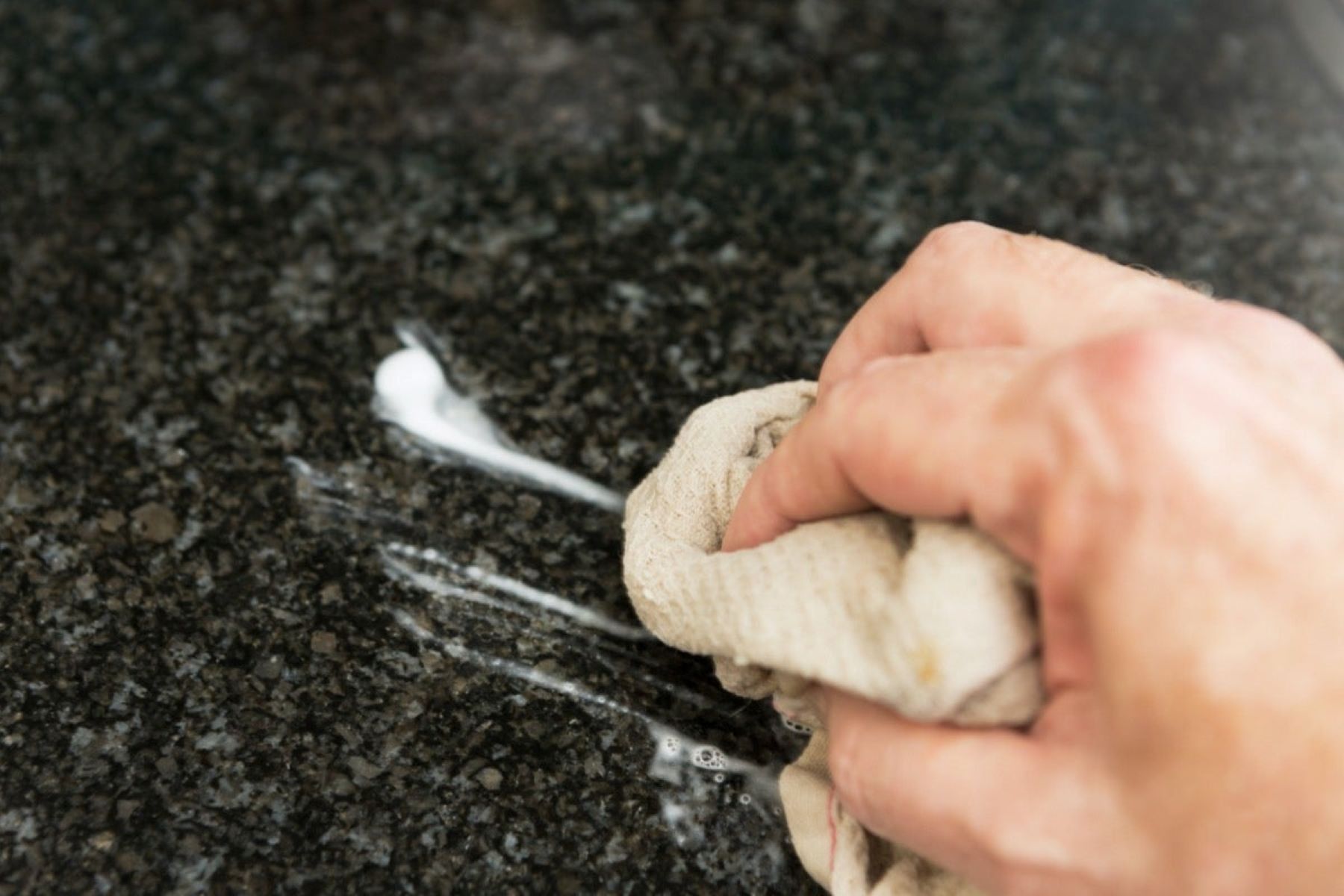
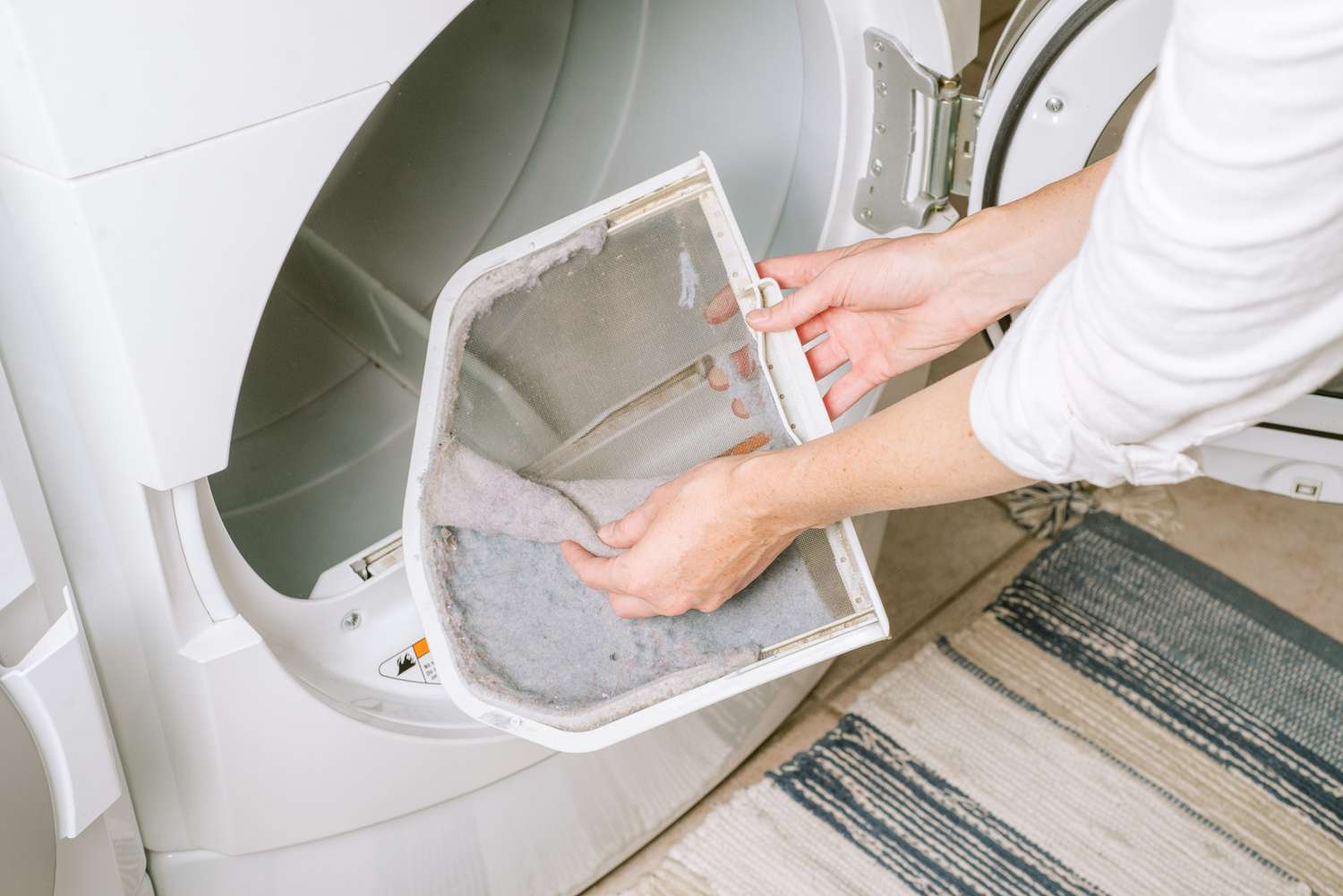
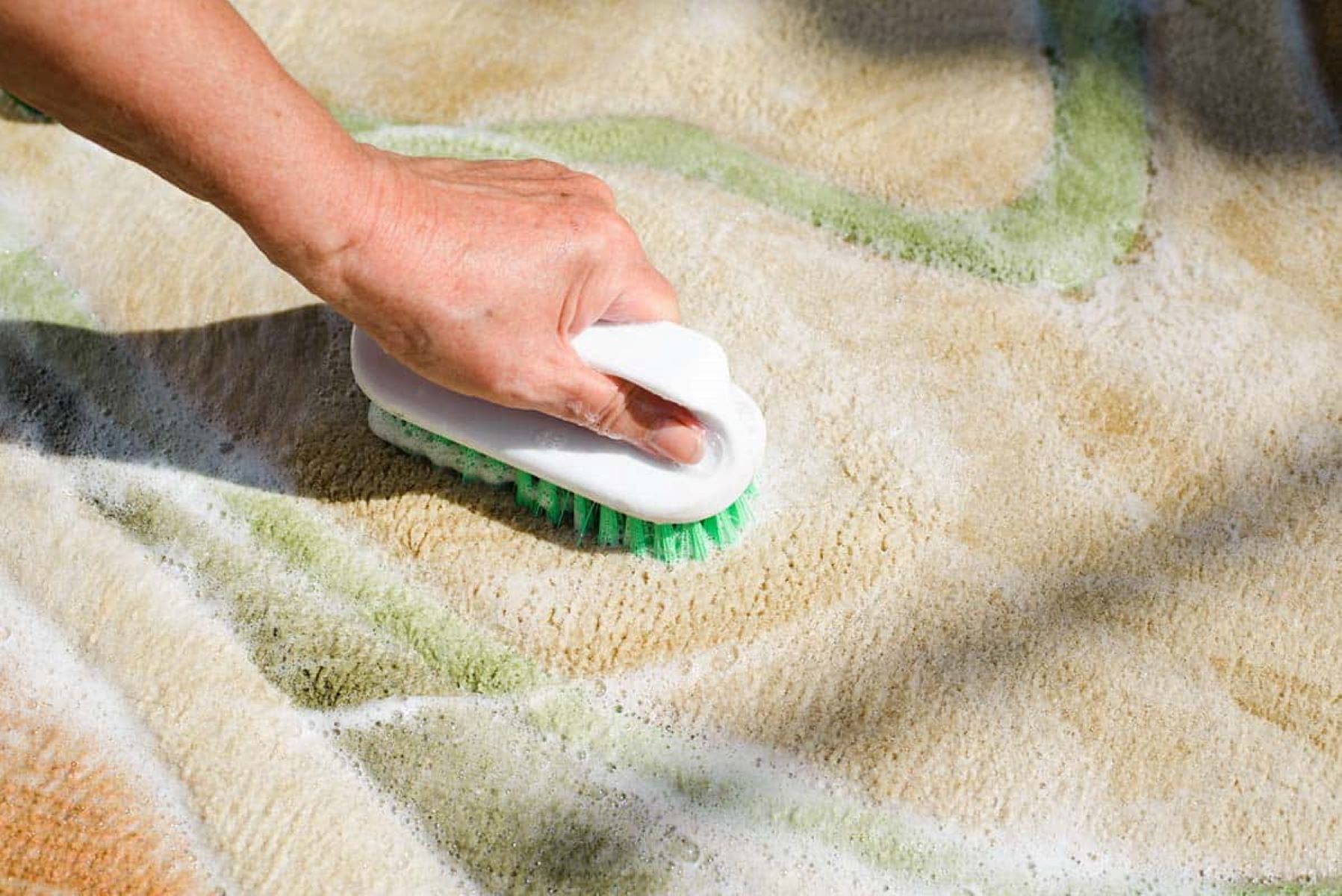


0 thoughts on “How To Sanitize Laundry To Disinfect Clothing, Linens, And Fabric”